Guts: The Strange and Mysterious World of the Human Stomach Compressed (2012)
Description:
What’s really going on inside your stomach? In this documentary, Michael Mosley offers up his own guts to find out. Spending the day as an exhibit at the Science Museum in London, he swallows a tiny camera and uses the latest in imaging technology to get a unique view of his innards digesting his food. He discovers pools of concentrated acid and metres of writhing tubing which is home to its own ecosystem.Michael lays bare the mysteries of the digestive system – and reveals a complexity and intelligence in the human gut that science is only just beginning to uncover. Our own stomachs may be something of a dark mystery to most of us, but new research is revealing the surprising ways in which our guts exert control over our mood and appetite.”Not many of us get the chance to watch our own stomach’s digestion in action. But along with an audience at London’s Science Museum, I recently watched live pictures from my own stomach as the porridge I had eaten for breakfast was churned, broken up, exposed to acid and then pushed out into my small intestine as a creamy mush called chyme.””I had swallowed a miniature camera in the form of a pill that would spend the day travelling through my digestive system, projecting images onto a giant screen. Its first stop was my stomach, whose complex work is under the control of what’s sometimes called “the little brain”, a network of neurons that line your stomach and your gut.”Surprisingly, there are over 100 million of these cells in your gut, as many as there are in the head of a cat. The little brain does not do a lot of complex thinking but it does get on with the essential daily grind involved in digesting food – lots of mixing, contracting and absorbing, to help break down our food and begin extracting the nutrients and vitamins we need. And all those neurons lining our digestive system allow it to keep in close contact with the brain in your skull, via the vagus nerves, which often influence our emotional state.For instance when we experience “butterflies in the stomach”, this really is the brain in the stomach talking to the brain in your head. As we get nervous or fearful, blood gets diverted from our gut to our muscles and this is the stomach’s way of protesting.Hunger hormonesTo accommodate a big meal your stomach has to expand from the size of a fist to around 2 litres. That’s a 40-fold increase. We used to think that stretch receptors in the stomach told the brain when the stomach was full, time to stop eating. But it turns out that the hunger signals produced by your stomach are far more sophisticated than that.We think that the brain rules our decision-making process but it’s pretty clear from operations like this that our guts have a very profound effect on how we behave. When you have a big meal, for example, and feel a desire to lie down, that’s because about a third of your blood supply is being diverted to your guts to let them do their vital work. Which is why, as you may have been told as a child, it’s best not to do anything too vigorous till your body has had a chance to digest.
FITNESS – HEALTH – MEDICAL Course
More information about Medical:
Medicine is the science and practice of establishing the diagnosis, prognosis, treatment, and prevention of disease.
Medicine encompasses a variety of health care practices evolved to maintain and restore health by the prevention and treatment of illness.
Contemporary medicine applies biomedical sciences, biomedical research, genetics, and medical technology to diagnose, treat, and prevent injury and disease,
typically through pharmaceuticals or surgery, but also through therapies as diverse as psychotherapy, external splints and traction, medical devices, biologics, and ionizing radiation, amongst others.
Medicine has been around for thousands of years, during most of which it was an art (an area of skill and knowledge) frequently having connections to the religious and philosophical beliefs of local culture.
For example, a medicine man would apply herbs and say prayers for healing, or an ancient philosopher and physician would apply bloodletting according to the theories of humorism.
In recent centuries, since the advent of modern science, most medicine has become a combination of art and science (both basic and applied, under the umbrella of medical science).
While stitching technique for sutures is an art learned through practice.
The knowledge of what happens at the cellular and molecular level in the tissues being stitched arises through science.
Preview Information:
More Course: FITNESS – HEALTH – MEDICAL
Outstanding Course:Sarah Ballantyne – The Paleo Approach: Reverse


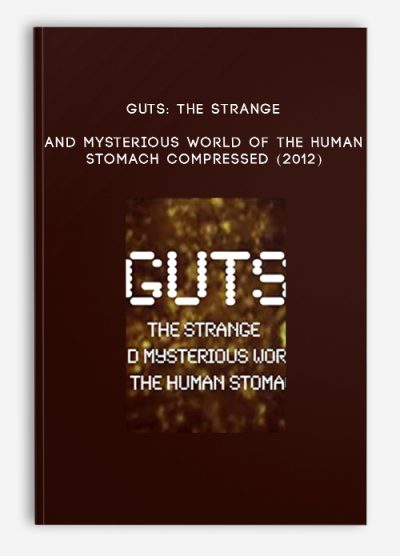

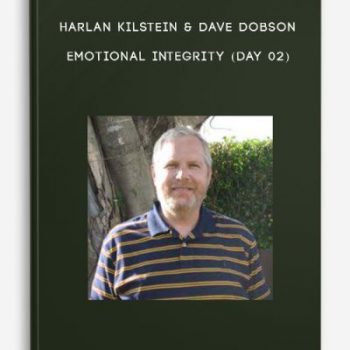
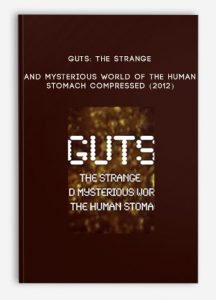
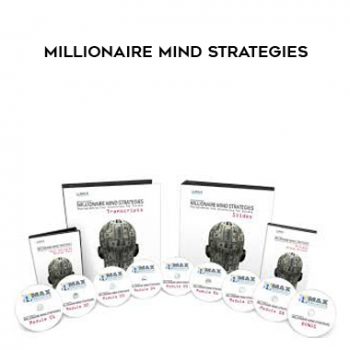





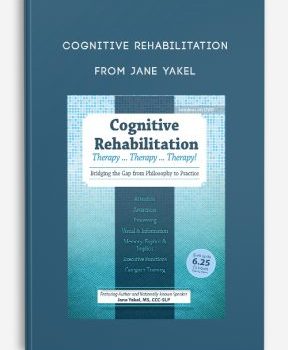

Lord –
This is Digital Download service, the course is available at Vincourse.com and Email download delivery.